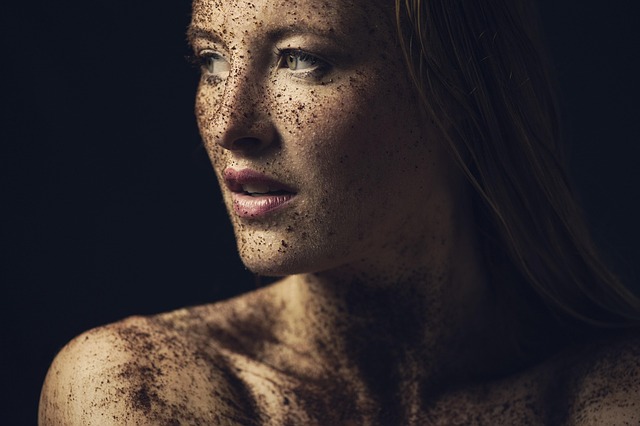The world of photography is a delicate dance between light and shadow, a symphony of contrasts that can elevate an ordinary shot to something truly extraordinary. Understanding the light-shadow effect is essential for any photographer looking to hone their craft, as it not only influences the aesthetic of an image but also conveys emotion, depth, and narrative.
When we talk about optics, we refer to more than just the mechanics of a camera lens; we delve into how light interacts with the objects in our frame. Each time you click the shutter, you’re not just capturing a moment; you’re weaving a story that can resonate with viewers in profound ways. This is especially true when utilizing the light-shadow effect to create mood and intrigue.
Consider how light can transform even the simplest of subjects. A single beam can illuminate a face, casting shadows that add dimension and drama. The interplay between light and shadow can highlight textures and shapes, inviting the viewer’s eye to explore the depths of the image. For instance, during the golden hour—as the sun dips below the horizon—the soft, warm light creates elongated shadows that can convey a sense of nostalgia or serenity.
As you prepare to take a photo, think critically about your lighting conditions. Position yourself in relation to your light source; whether it’s natural sunlight or artificial light from a lamp, experiment with angles. The challenge lies in finding the sweet spot where the shadows enhance rather than detract from your subject. Using your camera’s settings to adjust exposure will also play a vital role in how the light-shadow effect is rendered in your final image. Don’t shy away from underexposing a shot slightly to deepen the shadows, lending an air of mystery to your composition.
Moreover, understanding how different lenses affect the light-shadow effect is crucial. For instance, a wide aperture can create a shallow depth of field, blurring out background distractions and emphasizing shadows in your subject. Conversely, a narrow aperture may render everything in crisp detail, highlighting the contrast between light and shadow across the scene.
In post-production, the possibilities to manipulate the light-shadow effect are nearly limitless. Software tools allow photographers to adjust contrast, enhance highlights, and deepen shadows, all of which can elevate the narrative quality of your images. A well-placed adjustment layer can turn an average photo into a dynamic work of art, drawing attention to the areas you wish to emphasize and creating an emotional connection with your audience.
Ultimately, the light-shadow effect is not just a technical consideration; it’s an artistic choice that shapes your photographic identity. By mastering the interplay of light and shadow, you can evoke feelings, tell stories, and capture moments that resonate long after the shutter has clicked. So grab your camera, step into the light, and let the shadows guide your artistic journey.




